Sustainable Urban Gardening for Beginners
Sustainable urban gardening provides a practical and rewarding way for city dwellers to reconnect with nature, reduce environmental impact, and grow their own fresh produce. This approach emphasizes eco-friendly practices, resourcefulness, and community building, making gardening accessible even in limited spaces. Whether you have a windowsill, balcony, rooftop, or small yard, sustainable urban gardening equips you with tools to make your urban environment greener and your lifestyle healthier.
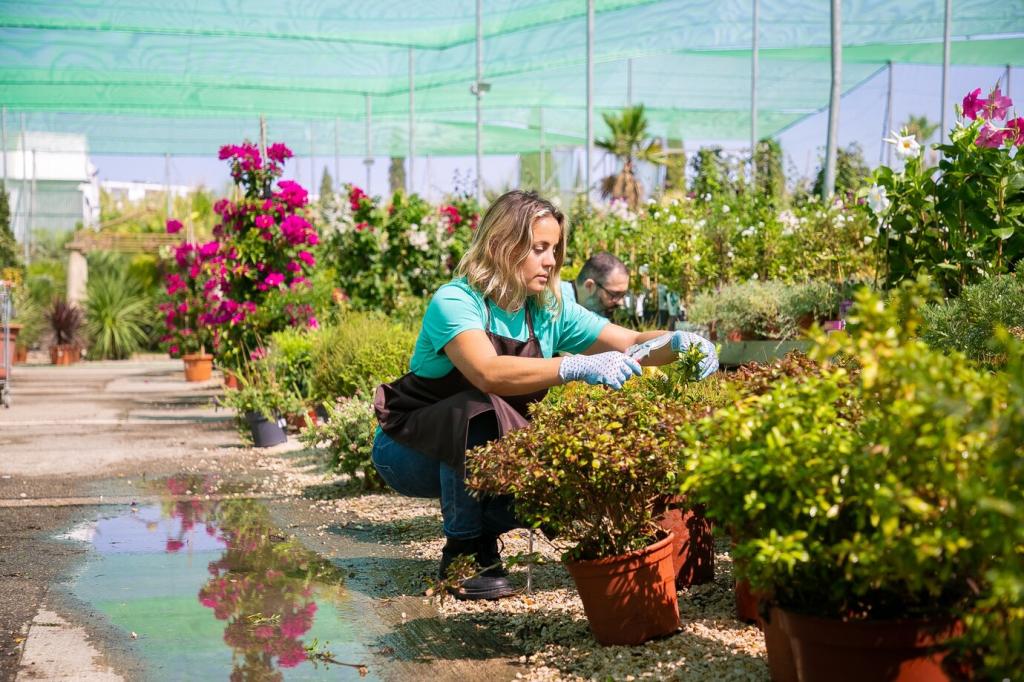
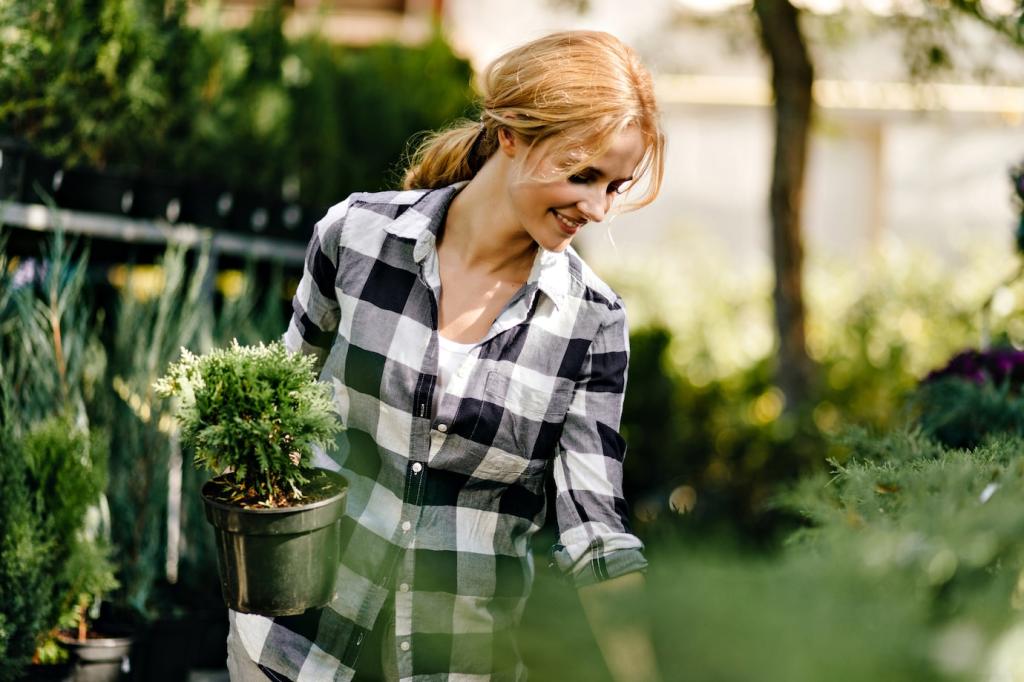
What is Sustainable Urban Gardening?
Sustainable urban gardening is a method of growing plants in city spaces with a focus on minimizing environmental impact. This approach incorporates practices such as composting, water conservation, and the use of organic materials. Unlike traditional gardening, which may rely heavily on chemical inputs and ample land, sustainable urban gardening seeks to make the most of limited resources and space. Beginners are encouraged to adopt eco-friendly solutions, such as upcycling containers and cultivating a diverse range of plants suited to their environment. Sustainable urban gardening not only enhances local biodiversity but also contributes to personal wellbeing and social connections within urban settings.
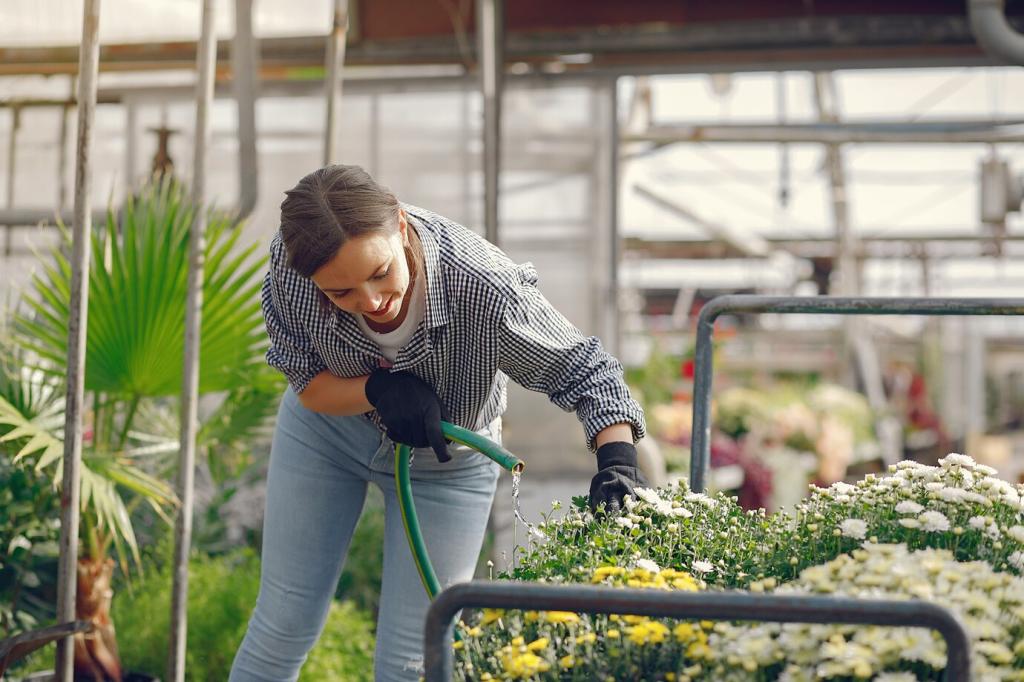
Benefits of Integrating Sustainability
Integrating sustainability into urban gardening has a ripple effect on both personal and community levels. Gardeners reduce waste and reliance on non-renewable resources by repurposing materials and composting kitchen scraps. These practices are not only environmentally friendly but also cost-effective. At the community level, sustainable urban gardens can help reduce urban heat, improve air quality, and create habitats for pollinators. They also foster neighborhoods that connect over shared green spaces. The combined benefits support healthier lifestyles, lower environmental footprints, and a greater appreciation for the natural world, even in the heart of the city.
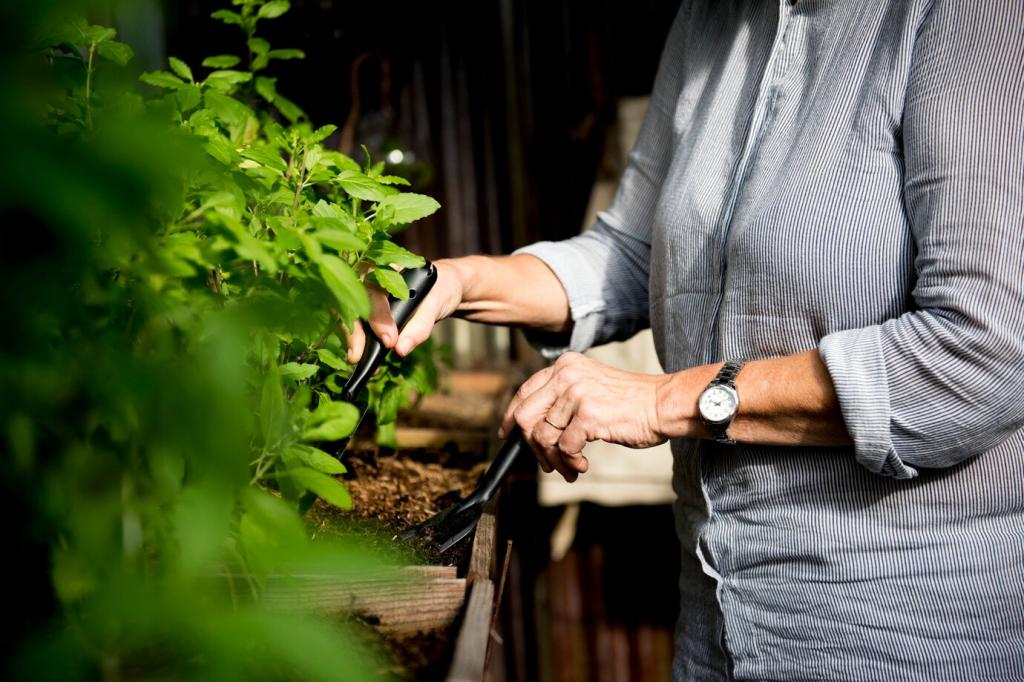
Overcoming Urban Challenges
Adapting gardening techniques to urban areas involves creative problem-solving and a willingness to experiment. Space constraints can be overcome through vertical gardening, container planting, and rooftop plots. Poor soil is another common urban challenge, often addressed by using raised beds or importing high-quality soil and compost. Environmental stresses such as pollution or inconsistent sunlight require careful plant selection and positioning to maximize growth. Beginners should be open to learning from experience, seeking advice from local gardening groups, and gradually expanding their garden as their confidence and knowledge grow. Sustainable urban gardening thrives on innovation and the determination to create green oases amidst concrete landscapes.
Choosing the Right Plants
One of the first steps for beginners is selecting plants that are well-suited to urban conditions and microclimates. Native species and hardy, low-maintenance varieties generally perform better in city environments, as they are adapted to local weather and require less intervention. Herbs, leafy greens, and compact fruiting plants are excellent choices for containers and small plots, as they tolerate a range of conditions and provide a high yield in limited space. By focusing on plants that can thrive in available light and are resistant to pests and diseases, beginners can enjoy more consistent success and a rewarding harvest without excessive resource use or chemical interventions.
Smart Container and Soil Strategies
Urban gardeners often have to rely on containers instead of open ground, making it important to choose vessels that provide adequate space, drainage, and durability. Repurposed containers made from food-grade materials are a way to reduce waste while saving money. Quality soil is equally crucial for plant health, as city soil may be contaminated or lack nutrients. Beginners should use high-quality potting mix or create their own by blending compost with local soil. Amending with organic matter boosts nutrient levels and encourages beneficial microbes, keeping plants healthier naturally. Regularly refreshing container soil and monitoring for compaction ensures ongoing vitality.
Efficient Water Management
Water is a precious resource in cities, and sustainable urban gardening emphasizes its efficient use. Beginners should learn how to monitor soil moisture and use watering methods that minimize waste, such as drip irrigation or bottom watering in containers. Collecting rainwater where possible reduces dependence on municipal supplies and can be surprisingly simple, even in small spaces. Mulching the soil surface helps retain moisture, reduces evaporation, and suppresses weeds. By optimizing water use, urban gardeners not only lower their bills but also ensure their plants receive consistent hydration, supporting robust growth in demanding environments.
Previous slide
Next slide
Eco-Friendly Gardening Practices
Composting in Small Spaces
Composting transforms household kitchen scraps and green waste into a rich, natural fertilizer for your garden. Even in apartments or homes with limited outdoor areas, composting can be achieved through compact systems like worm bins or bokashi composters. Beginners can gather fruit and vegetable peels, coffee grounds, and other organic materials to create compost, reducing landfill contributions and closing the nutrient loop. The resulting compost not only boosts plant health by adding essential nutrients but also enhances soil structure and water retention. With routine attention, even the smallest compost setup can provide valuable amendments while minimizing food waste.
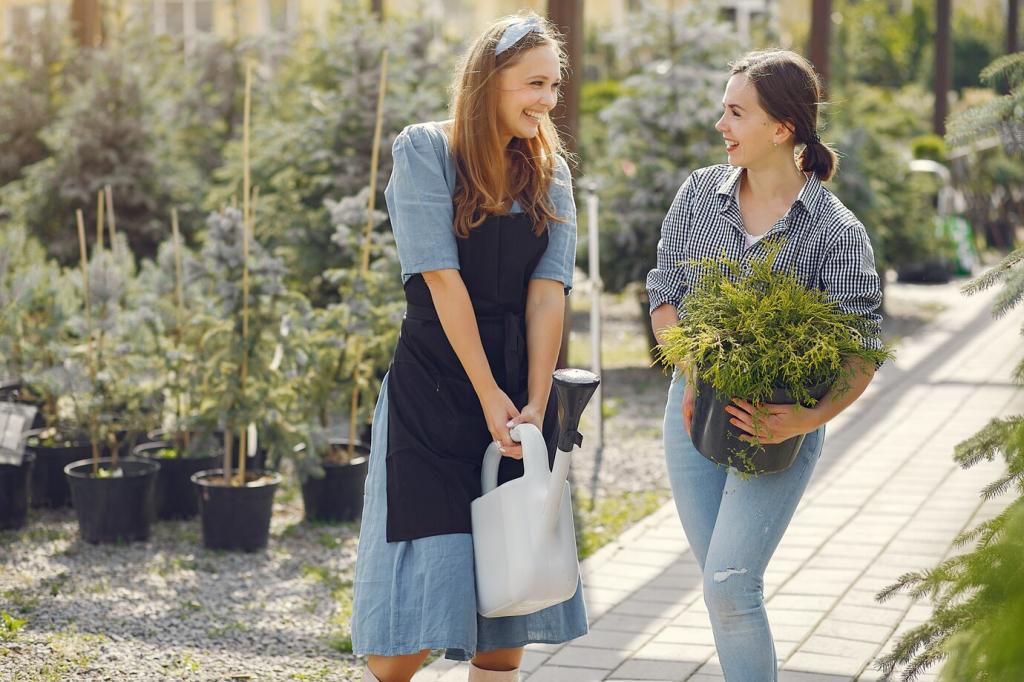
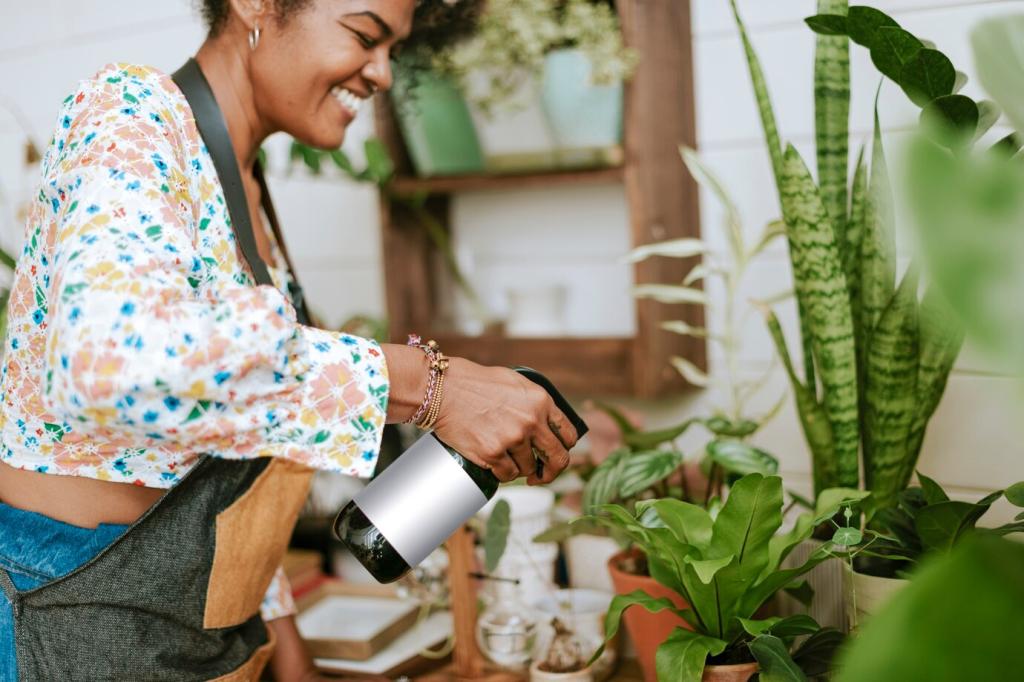
Integrated Pest Management
Sustainable urban gardeners avoid harsh chemical pesticides in favor of Integrated Pest Management (IPM), a comprehensive approach for keeping harmful insect populations in check. IPM combines observation, preventive tactics, and targeted action to maintain balance. Beginners can attract beneficial insects, such as ladybugs and lacewings, by planting a diversity of flowers and herbs. Manual methods like handpicking pests or using barriers prevent infestations before they escalate. If intervention is necessary, organic solutions like neem oil or insecticidal soap can be employed judiciously. This approach keeps gardens healthier, safer for humans and pets, and promotes ecological harmony.
